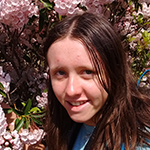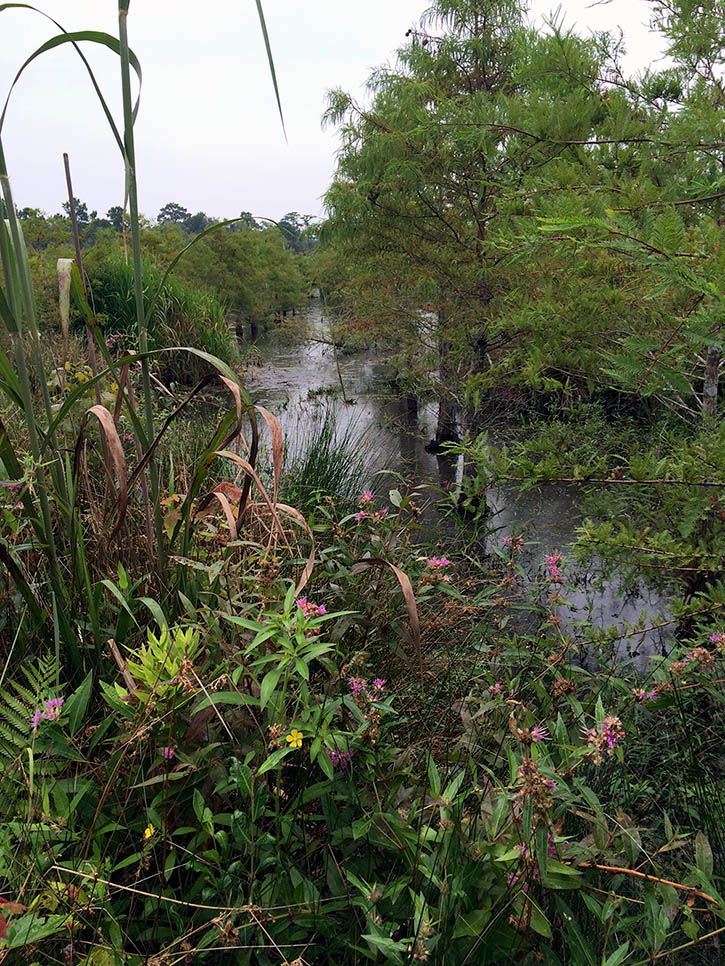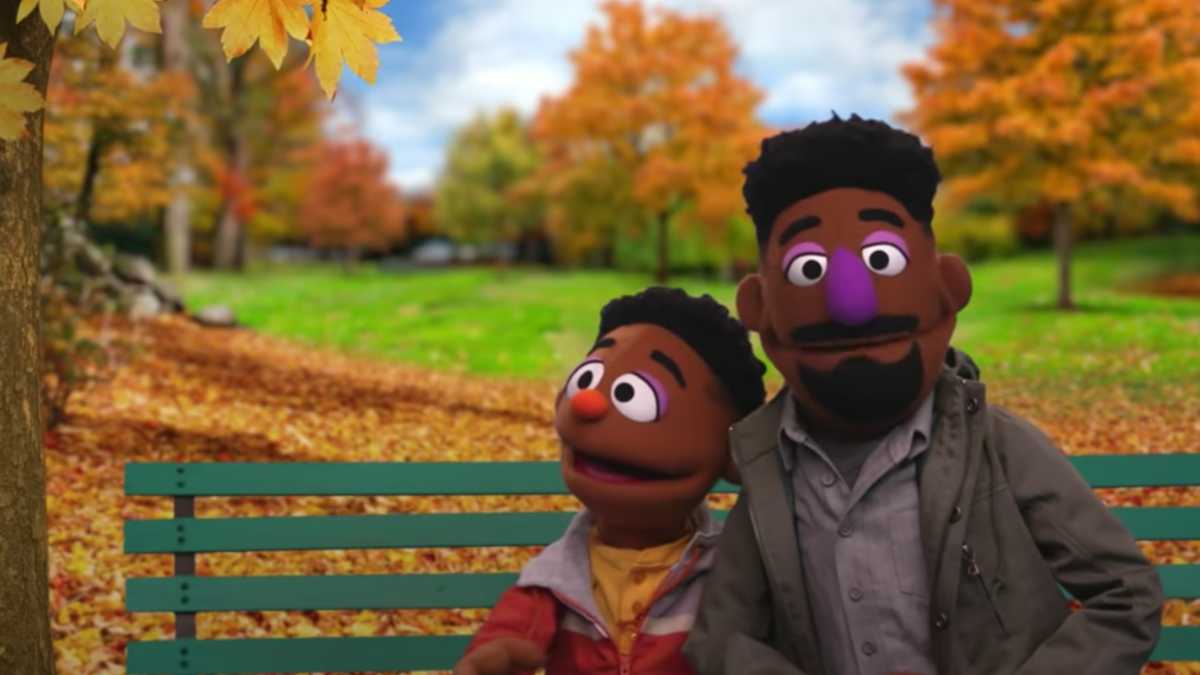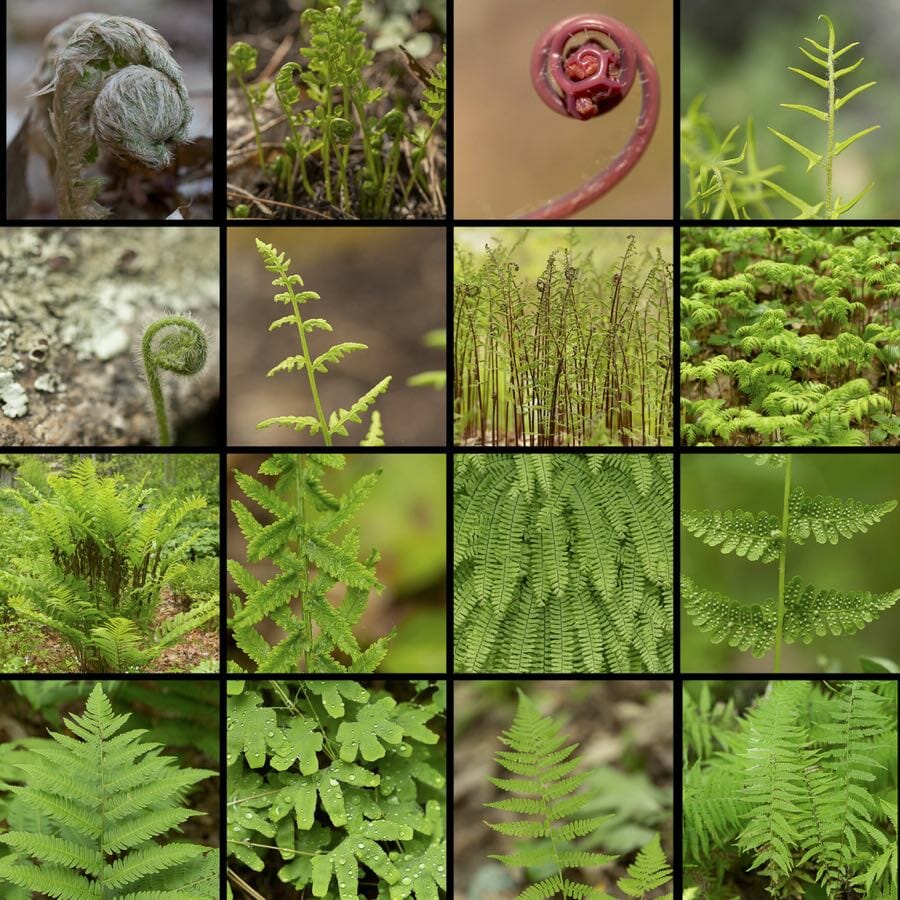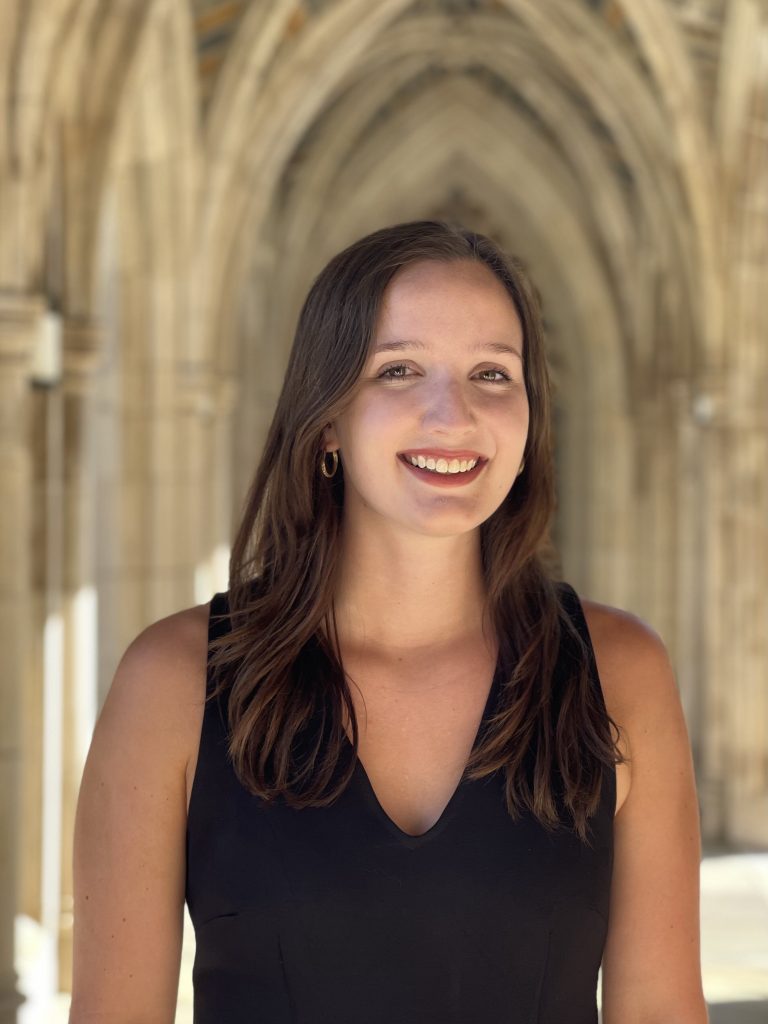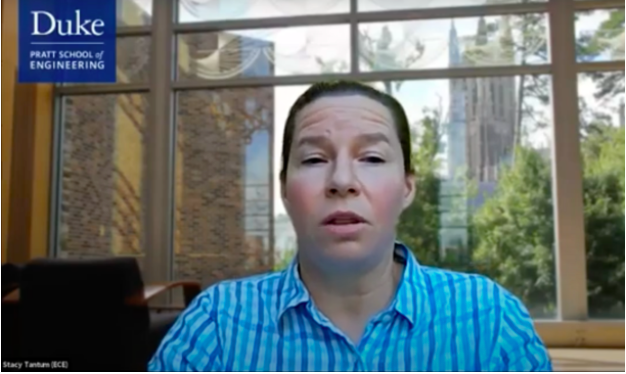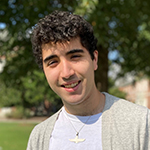In April of 2019, the first government declared climate change to be a national emergency. Since then, over 1,900 local governments and more than 23 national governments have expressed the same sentiment.
A 2021 report released by the IPCC labeled climate change a ‘code red’ for humanity, and every day more than 2 million people search the term ‘climate crisis’ on Google. So it’s apparent, the climate crisis is imminent. What’s the solution? Experts at Duke’s annual Research Week posed their research-based solutions during a virtual panel hosted on February 1st. (View the Session)

The panel, mediated by Biology professor Mohamed Noor, began with a solution posed by professors Mark Borsuk and Jonathan Wiener. Known as solar radiation modification, SRM is “an attempt to moderate global warming by intentionally increasing the amount of incoming sunlight that is reflected by the atmosphere back to space,” according to Borsuk. Its primary technique is stratospheric aerosol injection. Wiener explained that their research is “trying to understand the risk… And we’re working to study these multiple impacts because all too often, as we’re all familiar with human decision making at the individual level or the governmental public policy level tends to focus on one thing at a time.” However, even with possible governance challenges at play, their research poses an extremely cheap yet effective solution for avoiding some of the worst impacts of climate change.

Next up on the panel was Dalia Patino Echeverri, an associate professor at Duke’s Nicholas School of the Environment. She began by ruminating on the challenges faced in Texas after the snowstorm last year, and how climate change intensified those challenges. Her research focuses on how to address the electricity issues that climate change is producing in our nation, through a system called ‘GRACE’. ‘GRACE’ is a power grid that is risk-aware for clean, smart energy usage.
“It considers the forecast of electricity, the amount of load on the forecast of electricity generation from wind and sun of resources, and looks at the availability of conventional resources to schedule this commercial resources.” said Echeverri. Its operating system is extremely intelligent minimizing expected value and total cost of energy during times of climate crisis.

Finally, a solution was presented from Brian Silliman, the Rachel Carson Distinguished Professor for marine biology. He introduced a more grassroots approach to climate restoration, called Duke Restore.
“A lot of our research and those of others have shown that the presence of restored marine environments greatly protects human societies on the coastline from increasing threat storm surge, and flooding generated in large part by climate change impacts, etc.” Silliman began.
Duke Restore aims to go out into ecosystems and restore the shorelines that have been lost, indirectly aiding in climate crisis alleviation. Silliman is currently collaborating with governments and other conservation organizations to help change the way they plan to restore these ecosystems from the bottom up. ““We’re doing this here in North Carolina with the US Marine Corps, changing the planting designs to switch the restoration trajectory from failure to success.”

Kay Jowers, a Senior Policy Associate at the Duke Nicholas Institute for Environmental Policy Solutions, closed out the panel event with some final thoughts.
“My charge is to give you some food for thought about creating a more supportive environment for environmental and climate justice at Duke,” she began. She explained the need for action as compared to documentation and explained that equitable approaches are needed to avoid a climate disaster.
“In the world of Environmental Justice Studies, the communities, and the scholars have been calling for less problematization and documenting of problems, and more orientation towards solutions.” Her sentiments resonated deeply with the theme of the panel, as solution-based research is of paramount importance in the 21st century.
The Duke Research Week panel on climate change solutions posed tangible explications for the ever imminent climate crisis happening around the world. Though climate change is apparent now more than ever, researchers like these hold the solutions for the future.

Post by Skylar Hughes, Class of 2025








